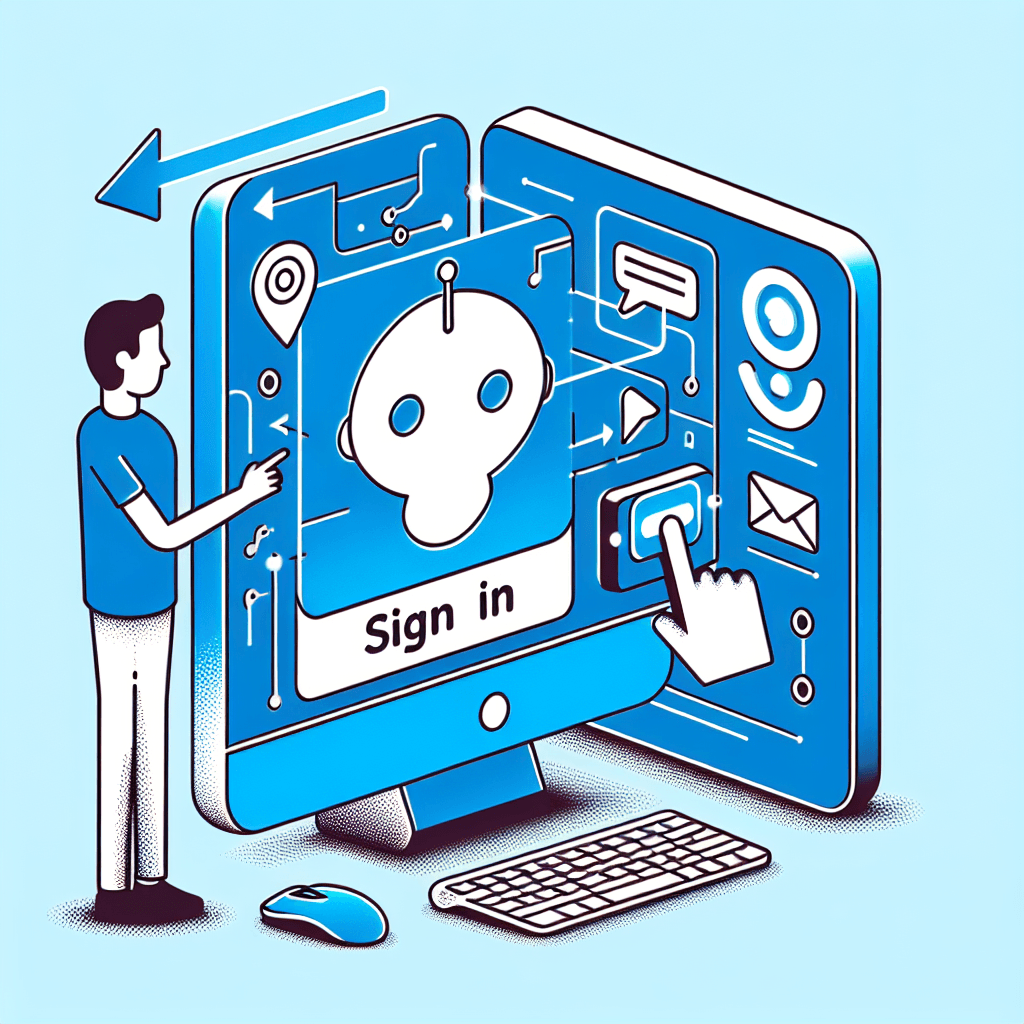Tesla’s Revolutionary Leap: Unsupervised Self-Driving Cars and More!
A New Dawn for Austin’s Transportation Landscape
Excitement is in the air for residents of Austin, Texas! This June, Tesla is set to unveil its unsupervised self-driving cars, ushering in a groundbreaking era of urban transportation. Led by the visionary Elon Musk, Tesla plans to transform the roadways with a fleet of autonomous vehicles, enabling users to enjoy their rides without any human oversight. As we gear up for these remarkable innovations, let’s delve deeper into this transformative journey that promises to redefine how we move within our cities.
The Coming of the Robotaxi Fleet
One of the most thrilling aspects of Tesla’s plan is the introduction of its robotaxi fleet. By 2026, vehicle owners will have the opportunity to join this fleet, allowing their cars to operate autonomously when they are not using them. Imagine the convenience of turning your car into an income-generating asset while you are at work or on vacation. This innovative feature not only offers a way for owners to monetize their vehicles, but also aims to reduce congestion and promote car-sharing, aligning perfectly with modern urban lifestyles.
Not Science Fiction Any More
Musk has repeatedly emphasized that the arrival of these unsupervised vehicles is not just a futurist dream; it is imminent. With Tesla’s autonomous technology proving its prowess at their Fremont factory in California, Austin’s deployment is poised to be a watershed moment in transportation. By integrating top-tier AI capabilities, Tesla promises a seamless and efficient commuting experience that elevates everyday travel.
Optimus: The Humanoid Robot Revolution
In addition to launching its autonomous vehicles, Tesla is heavily investing in the production of Optimus, its humanoid robot. This initiative reflects Tesla’s ambitious vision of extending its prowess beyond cars, targeting various sectors with versatile robotic solutions. From performing household chores to assisting in manufacturing, Optimus is set to redefine productivity, helping alleviate labor shortages in numerous industries.
Making Electric Vehicles Accessible
Another exciting announcement is Tesla’s commitment to releasing a more affordable electric vehicle model by the first half of 2025. This strategic move seeks to break down barriers to electric vehicle ownership, making environmentally friendly transport options accessible to a wider audience. By doing so, Tesla aims to accelerate the transition to electric mobility, fostering a more sustainable future.
A Technological Renaissance in Everyday Life
The rapid advancements in both AI and robotics represent a profound shift in how technology will integrate into our daily lives. As Tesla’s innovations unfold, we can expect a transformation that reshapes urban landscapes and lifestyle habits alike. With autonomous vehicles operating across the city and humanoid robots aiding in various tasks, our relationship with technology is poised for a remarkable evolution.
Enhancing the Robotaxi Service
By 2026, Tesla will launch its fleet of autonomous robotaxis, emphasizing convenience and efficiency in urban transportation. Owners will have the chance to rent their cars out as robotaxis during downtime, creating a win-win situation for all parties involved. This system is set to streamline logistics and reduce the need for personal vehicle ownership, which historically has been linked to congestion in urban areas.
Implications for the Job Market
As Tesla expands its horizons into robotics, significant questions arise regarding the future of the job market. While the introduction of humanoid robots like Optimus can enhance productivity and efficiency, concerns about job displacement loom large. Traditional roles may evolve, necessitating a shift in workforce skills to adapt to a technology-driven landscape. This reality brings both challenges and opportunities for future employment dynamics.
The Safety Question
With the introduction of unsupervised self-driving cars, safety measures are at the forefront of public concern. Tesla is heavily invested in developing advanced safety protocols by leveraging extensive data from its existing fleet. This approach aims to continuously improve algorithms, assuring that unsupervised cars are capable of mitigating risks effectively. Tesla’s commitment to safety remains critical in gaining public trust as these innovations roll out.
A Bright Market Forecast
The future of both the robotic and autonomous vehicle markets looks promising. Analysts anticipate exponential growth by 2030, with Tesla potentially standing as a chief player in these sectors. As the company scales its innovations and advances its technology, it could dominate both markets, further entrenching its status as a leader in the automotive industry.
Sustainability at the Core
Tesla’s commitment to producing more affordable electric vehicles signifies not only a pursuit of profit but also an earnest effort to promote sustainability. By facilitating greater access to electric transport, Tesla aims to mitigate the overall carbon footprint related to transportation, contributing to a cleaner, greener planet.
Innovations in AI Driving Change
The marriage of AI and robotic technology is set to change how we interact with our everyday devices. Tesla’s focus on AI capabilities can lead to vehicles and robots that not only operate intelligently but can also adapt to user preferences over time. This offers unprecedented personalization in how we traverse our world and engage with technology.
Questions That Lie Ahead
As these advancements become reality, several critical questions emerge:
- Impact on Urban Transportation: How will the deployment of robotaxi services transform traditional city transportation models?
- Workforce Evolution: Will industries adapt to work alongside humanoid robots, and how will that reshape the job market?
- Safety and Efficacy: How assured are we of safety in a world populated by unsupervised vehicles?
The Road Ahead
As the June launch date approaches, anticipation builds around Tesla’s introduction of unsupervised self-driving cars. The convergence of these advancements marks not only a shift in transportation but the beginning of a new era in daily life. With Tesla setting the stage, other industries may follow suit, leading to a cascade of technological innovation and adaptation.
Conclusion: Preparing for Tomorrow’s Innovations
As Tesla prepares to roll out its revolutionary self-driving vehicles and humanoid robots, the future promises to be filled with exciting possibilities. These advancements will change not only how we travel but also the essence of daily living, transforming mundane routines into experiences enriched by technology. Austin, Texas, is set to be at the forefront of this journey, acting as a springboard for a future built on innovation and sustainable living. Whether you’re an enthusiast or a cautious observer, one thing is certain: the future is on the horizon and it’s closer than we think!







